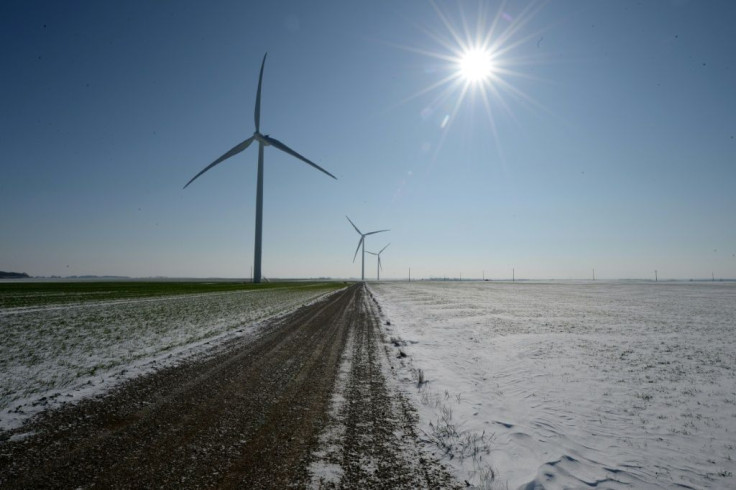As Heat Pumps Gain Steam, Technological Hurdles Give Way To Regulatory Ones

A quiet revolution has already begun in the way the world heats its buildings.
As temperatures drop across the northern hemisphere this winter, the use of residential heating systems—and its carbon footprint—will invariably rise.
Building heating systems directly account for over 40% of annual global carbon emissions, and replacing traditional gas and oil-fired furnace systems with less carbon-intensive alternatives is a major priority for governments and international organizations.
Heat pumps are by far the most substantial alternative to conventional fossil-fuel based heating. The basic technology operates similar to an air conditioner, using heat-sensitive refrigerant to replace colder air molecules inside of a building with warmer molecules either outside or underground.
Heat pumps are around three times more efficient (and cheaper) than gas furnaces, and they have even proven this efficiency at sub-zero temperatures.
They already accounted for over 10% of the world's heating systems in 2021 and their adoption is projected to rise exponentially in coming years, particularly in Europe, where market conditions and government incentives have accelerated their rollout over recent years.
The growth of heat pumps has perhaps been the most subtle, yet substantial in the United States, which in 2022 saw consumers purchase more heat pumps than gas furnaces by a considerable margin (over 400,000 units) for the first time.

The US Department of Energy (DOE) announced on November 17 that it is awarding $169 million in federal funding from the Inflation Reduction Act for domestic heat pump manufacturing to nine projects across 13 states. The funding announcement is expected to generate 1,700 new jobs in the US, according to the DOE.
"Getting more American-made electric heat pumps on the market will help families and businesses save money with efficient heating and cooling technology," US Energy Secretary Jennifer M. Granholm said in a press release.
Obstacles To Implementation
Despite rapid growth over recent years, experts have identified remaining hurdles that could present a ceiling to heat pump installations, particularly in western market-based economies.
"There's no denying that the upfront cost of heat pumps is a major barrier for many homeowners and businesses," Duncan Gibb, senior advisor at Regulatory Assistance Project, an energy-oriented NGO based in Brussels, told International Business Times on Tuesday.
"It varies depending on application and circumstances, but heat pumps can typically be at least twice as expensive as replacing a gas boiler or furnace," Gibb said.
Installation costs are a major reason why many homeowners have yet to make the switch to heat pumps, despite existing subsidies like the Biden Administration's clean energy tax credit for consumers, which covers 30% the cost of heat pump installation, capped at $2,000 per year. And still, while heat pumps are now being adopted at a faster rate, gas furnace installations have continued to rise in the United States in recent years.
"Regulatory issues also can be helpful or can pose problems—I believe there is a need for both carrot and stick," Gibb told IBT.
"Restricting the future sales or use of fossil heating devices gives a clarity to the market (installers and manufacturers) and allows them to invest in production and installation of clean heating devices such as heat pumps." Clean heat standards limiting the sale of gas furnaces currently exist in a handful of US states, but no such policy exists at the federal level.
China has arguably led the way in promoting heat pump adoption on its path to reaching peak carbon emissions before 2030—the country installed more heat pumps than any other in 2022, according to the International Energy Agency.
And in the context of renewable energy efficiency, the green impact of heat pump installations can only go as far as the energy grid used to supply electricity to heat pump units. "As more renewables come onto the grid, homes and buildings powered by heat pumps will continue to have smaller and smaller carbon footprints," analysts from energy consultancy RMI wrote in a report published earlier in 2023.
Over 100 countries signed a pledge at COP28 in Dubai to increase energy efficiency by 4% annually until 2030, suggesting continued momentum from governments and private sector officials throughout the world.
The US Department of Energy did not reply to a request for comment for this article.
© Copyright IBTimes 2025. All rights reserved.






















